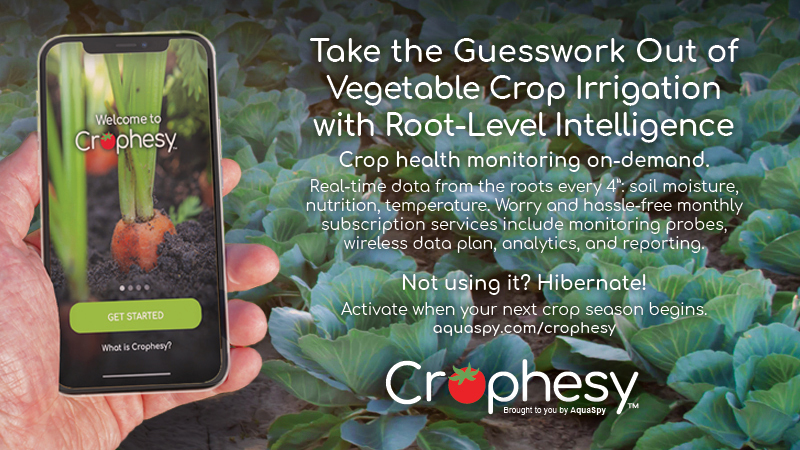Modern Ways for Farmers to Master Soil Health Management
Adopting a systems approach to soil health management can effectively address the major issues impacting soil health. This approach involves shifting the entire agricultural system to implement sustainable practices that support producers.
“Soil is the most important non-renewable resource we have in agriculture, and consequently, in food production. It is imperative that every member of our industry do everything we can to preserve this precious resource for generations to come,” says Kevin Helash, CEO of Biotalys.
By fostering a culture of innovation and collaboration, growers and ag companies can ensure that soil health is improved for future generations.
Big Hurdles for Growers
Some of the significant challenges that experts are seeing include soil degradation due to erosion, nutrient depletion, compaction, or salinity that may build up over time from fertilizer use. These situations result in lost productivity, profitability, and environmental challenges for the farmers.
“We need to ensure that our practices support the long-term health and biodiversity of the soil microbiome,” Helash says. “Significant advancements have been made in recent decades through the adoption of zero-till seeding practices, the implementation of the 4R fertility program for precision fertilizer placement, and the adoption of crop protection products that support growers in their mission to provide the world with safe, healthy, affordable food with a softer environmental footprint.”
Atul Churiwal, Managing Director, Krishi Rasayan Exports PVT. LTD. says, “Recently, soil health has been deteriorating due to the indiscriminate use of synthetic fertilizers like urea. Therefore, integrating new technologies with conventional fertilizers is becoming a necessity for sustainable agriculture.”
Latest Innovations
Innovations in soil health management are being driven by precision farming techniques such as GPS equipment, soil moisture sensors, and remote sensing. These technologies enable more precise field management by providing real-time data on soil conditions, moisture levels, and nutrient status.
Traditionally, gathering this data involves collecting samples from various points in a field, sending them to labs, and awaiting results, often arriving weeks later, long after crucial decisions need to be made. These analyses are not only costly but also offer limited insights, constraining growers’ ability to optimize their practices effectively.
“What we’re seeing now is the use of new sensors and information derived from satellites and the tractor itself,” says Matt Wallenstein, Chief Soil Scientist for Syngenta. “Especially when we combine these through data fusion, we can obtain detailed, informative maps of soil variation across the field. This approach is decreasing the cost of usable soil information and increasing our ability to turn that information into actionable intelligence.”
For more, click here to continue reading the full article as part of our special report on Soil Health.
In addition, check out the previous reports in Meister’s Global Insight Series covering a range of topics from Irrigation Innovations to Agricultural Technology.









